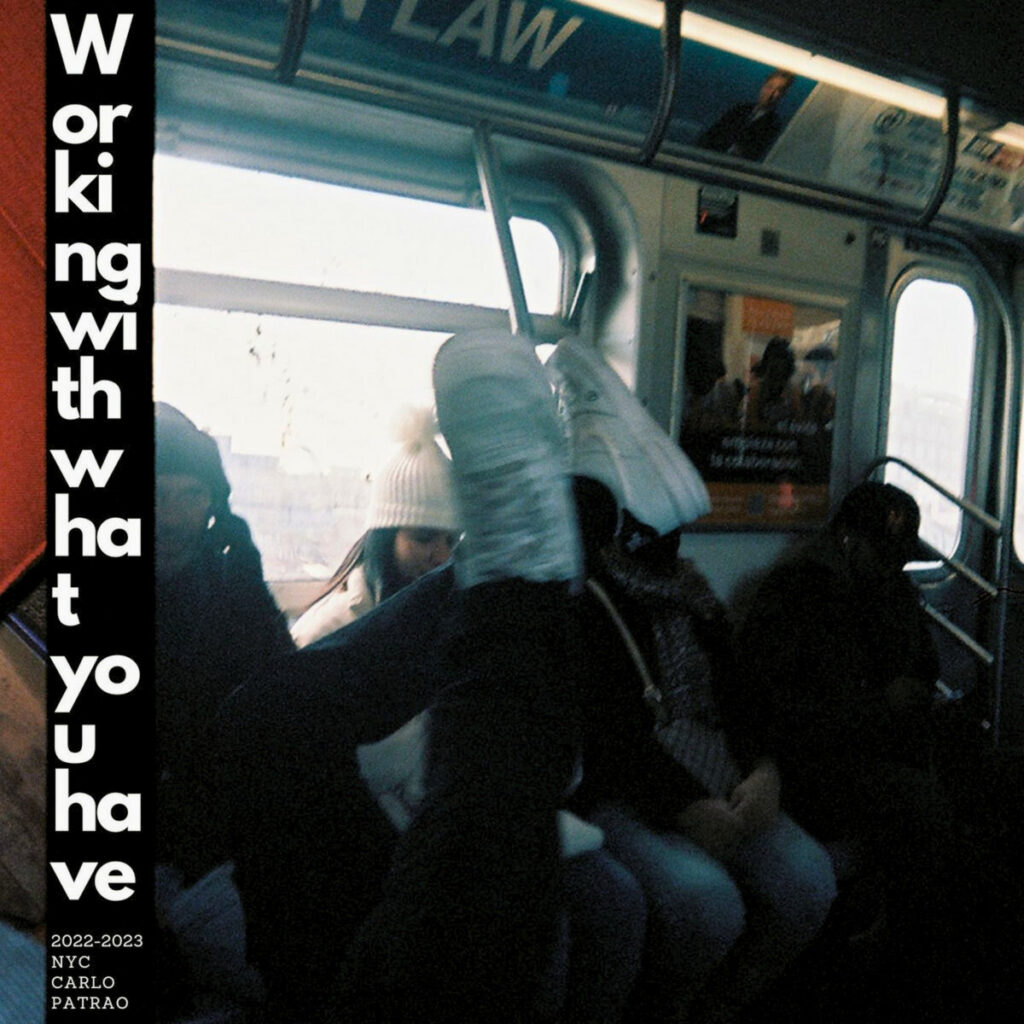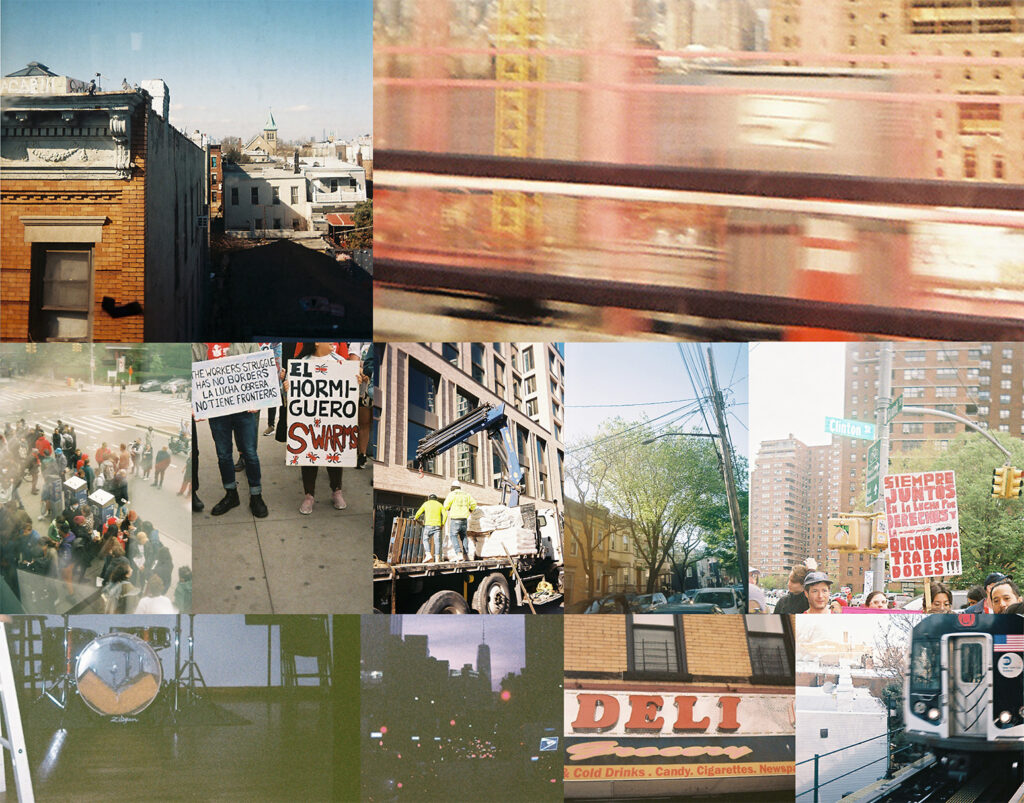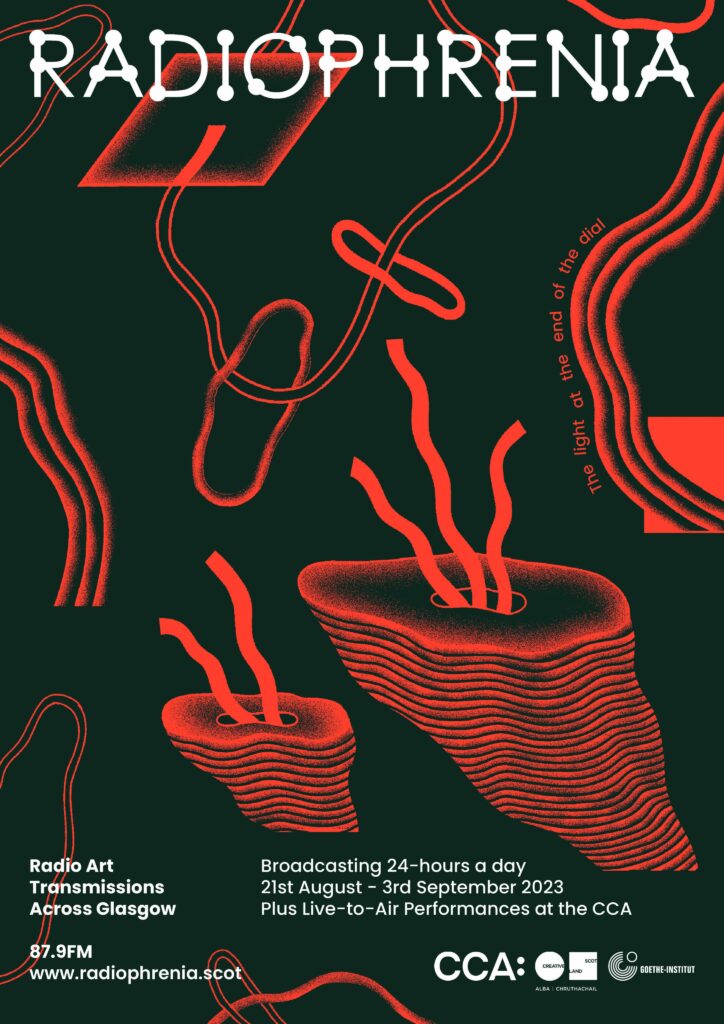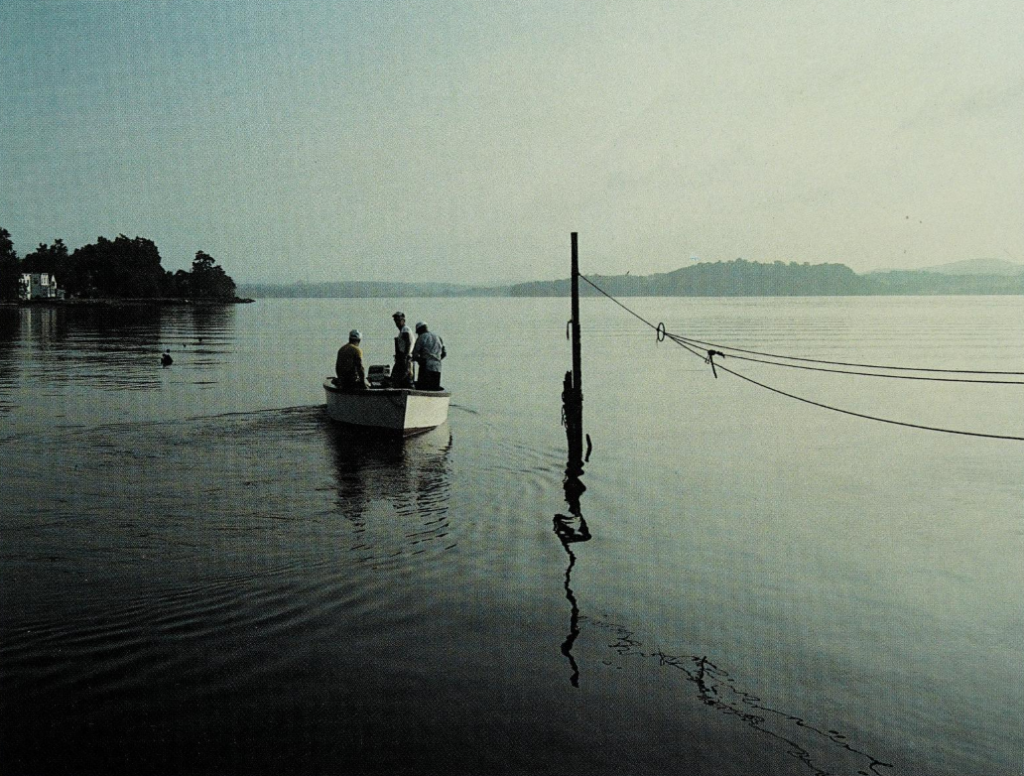
Working With What You Have was created for the radio festival Radiophrenia (2023, Glasgow, Scotland) and is composed of field recordings collected during one year of work (April 2022-May 2023) in Manhattan, NY. This piece follows the making of a Tonkotsu ramen soup in a compact kitchen in Midtown. This type of ramen is known for its long periods of cooking that can extend for over 12 hours. The sounds of the different stages of preparing the ramen broth are interwoven with the fast-paced rhythms of commuting to the city, the sounds of the subway, traffic, sirens, walkways, and workers.
A sonic feature of Midtown, Manhattan, brought forward in this piece is the sound of artificial waterfalls abundant in small pocket gardens between corporate buildings, offices, and international consulates. The anesthetic quality of the sounds of the artificial waterfall in an otherwise stressful environment is a revealing piece of the fabric of this neighborhood. Its calmness and sense of rest constitute a feature of the capitalist structure of the city and the sense of empire-building, business as usual, serenity, and high productivity at work.
The latter sounds of this piece are from a Union rally in Manhattan, aiming to unionize a well-known grocery store chain. Voices from different labor unions and work sectors, including construction workers, delivery and service workers, baristas, and other professionals, come together for fairer work conditions in the city.

* The ramen broth is made of pork and chicken bones and served with chashu, toasted minced garlic, scallions, egg, and bean sprouts.
** The Union drive fell short by one vote.

Radiophrenia:





